The rise of electric vehicles has brought about a new era of automotive innovation, with companies like Li Auto pushing the boundaries of what a family car can offer. The Li Auto L9, a full-size luxury SUV, has sparked debates in the automotive world—not for its powertrain or autonomous driving capabilities, but for its unconventional interior features: a refrigerator, a built-in television, and reclining rear seats that resemble a living room sofa. The question on many minds is whether these amenities are truly essential for modern families or simply extravagant add-ons in an already competitive market.
At first glance, the inclusion of a refrigerator in a vehicle seems excessive. Yet, for families with young children or those who frequently embark on long road trips, the convenience of having chilled drinks, snacks, or even baby formula readily available cannot be overstated. The L9’s refrigerator is not a tiny cooler but a properly insulated compartment capable of storing perishables at optimal temperatures. In China, where road trips and intercity travel are common, this feature has been met with surprising enthusiasm. Parents no longer need to worry about milk spoiling or snacks losing freshness during extended journeys.
The addition of a rear-seat entertainment system, complete with a large screen, further blurs the line between a car and a mobile living space. While critics argue that tablets and smartphones have made built-in screens redundant, the L9’s setup offers a seamless, integrated experience. The screen is positioned to minimize glare and is paired with a high-quality sound system, creating a cinematic experience for passengers. For families, this means fewer arguments over who gets to hold the tablet and a more peaceful ride for the driver. In an age where digital entertainment is a staple for keeping children occupied, this feature may indeed be closer to a necessity than a luxury.
Then there’s the sofa—or rather, the executive-style reclining seats in the second row. Unlike traditional car seats, these are designed for comfort, with extendable leg rests and adjustable angles that rival first-class airline seats. For families shuttling between school, extracurricular activities, and weekend getaways, the ability to relax in transit is a game-changer. It transforms the car from a mere mode of transportation into a space where passengers can unwind. Some may dismiss it as overkill, but anyone who has spent hours in traffic with restless kids will appreciate the value of a comfortable retreat.
The broader question is whether these features represent a shift in consumer expectations. As cars evolve from mechanical devices to connected lifestyle products, automakers are no longer just selling horsepower and fuel efficiency—they’re selling an experience. The L9’s interior reflects a growing demand for vehicles that cater to the entire family’s comfort and convenience, not just the driver’s. In markets like China, where backseat passengers (often parents or children) are a priority, these amenities make practical sense.
Of course, skeptics argue that such features are marketing gimmicks designed to justify premium pricing. A refrigerator, a television, and plush seating do not contribute to the car’s performance or safety, yet they add significant cost. However, this overlooks the fact that modern consumers increasingly view their cars as extensions of their homes. If a vehicle can make daily commutes or long trips more enjoyable, why shouldn’t it? The success of the L9 suggests that for many buyers, these features are not just desirable but worth the investment.
Ultimately, whether a refrigerator, TV, or sofa qualifies as a "family essential" depends on individual needs and lifestyles. What the Li Auto L9 demonstrates is that the definition of a family car is expanding. No longer just a tool for getting from point A to point B, the modern SUV is becoming a multifunctional space—one that accommodates not just travel, but comfort, entertainment, and even domestic convenience. As more automakers follow suit, these so-called luxuries may soon become standard expectations.
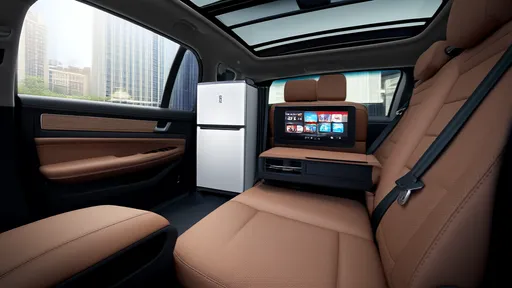
By /Jun 14, 2025
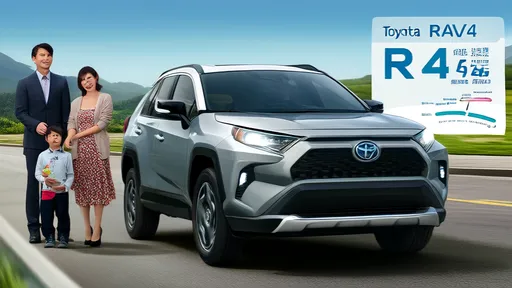
By /Jun 14, 2025
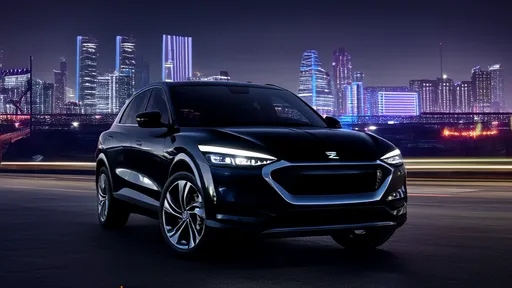
By /Jun 14, 2025
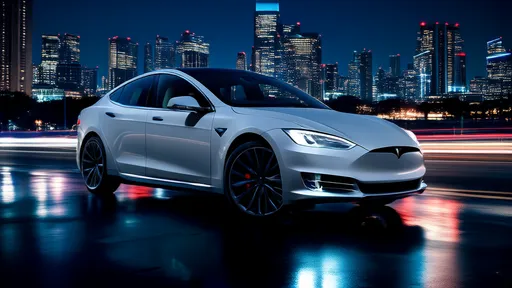
By /Jun 14, 2025
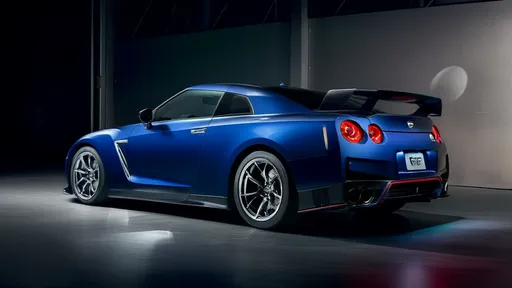
By /Jun 14, 2025
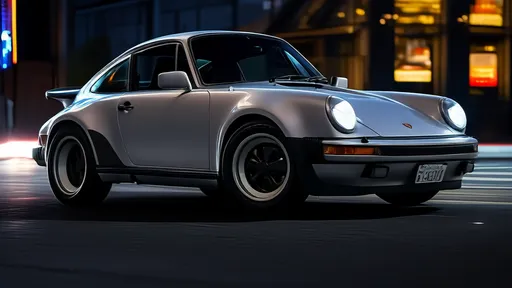
By /Jun 14, 2025

By /Jun 14, 2025

By /Jun 14, 2025
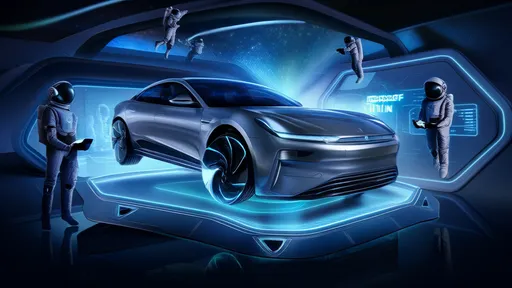
By /Jun 14, 2025

By /Jun 14, 2025

By /Jun 14, 2025

By /Jun 14, 2025
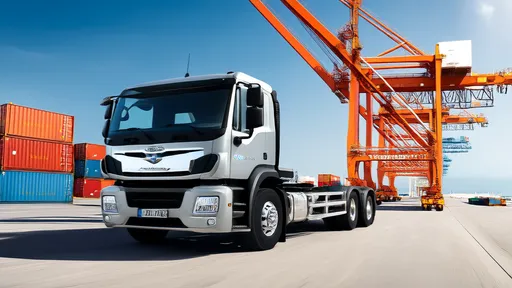
By /Jun 14, 2025

By /Jun 14, 2025

By /Jun 14, 2025
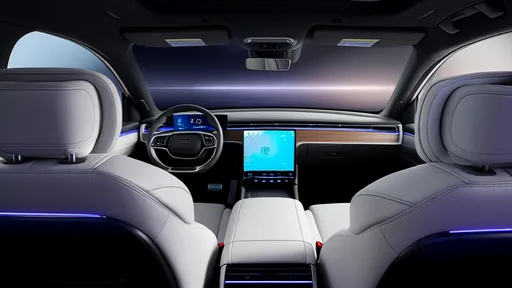
By /Jun 14, 2025

By /Jun 14, 2025

By /Jun 14, 2025